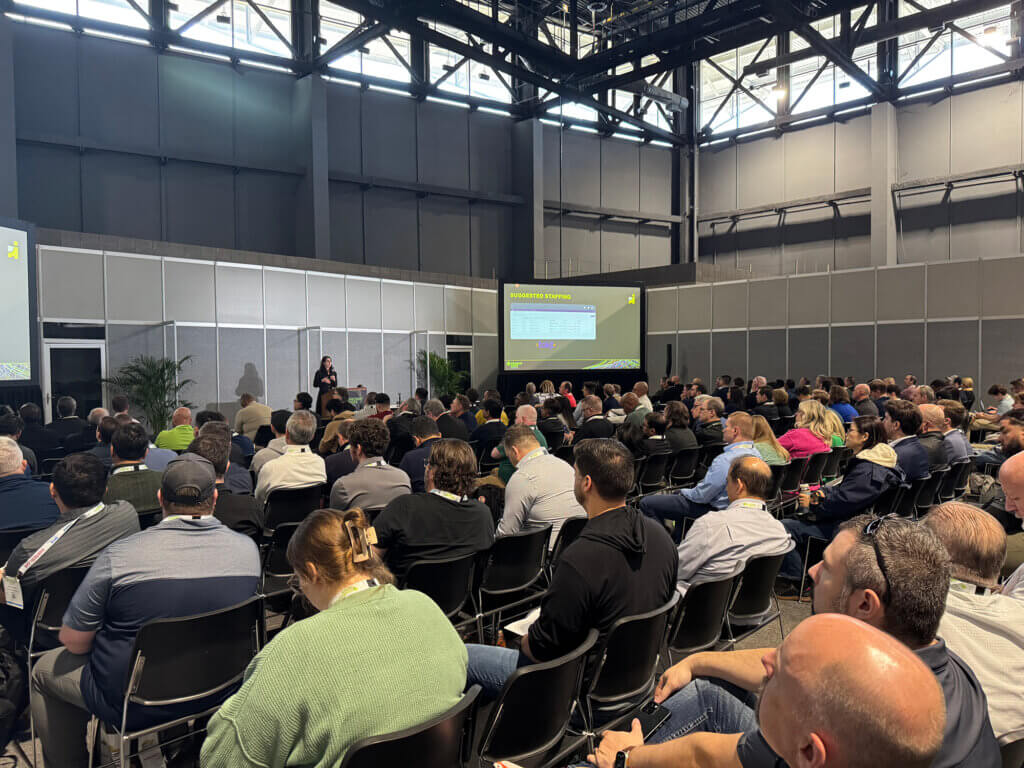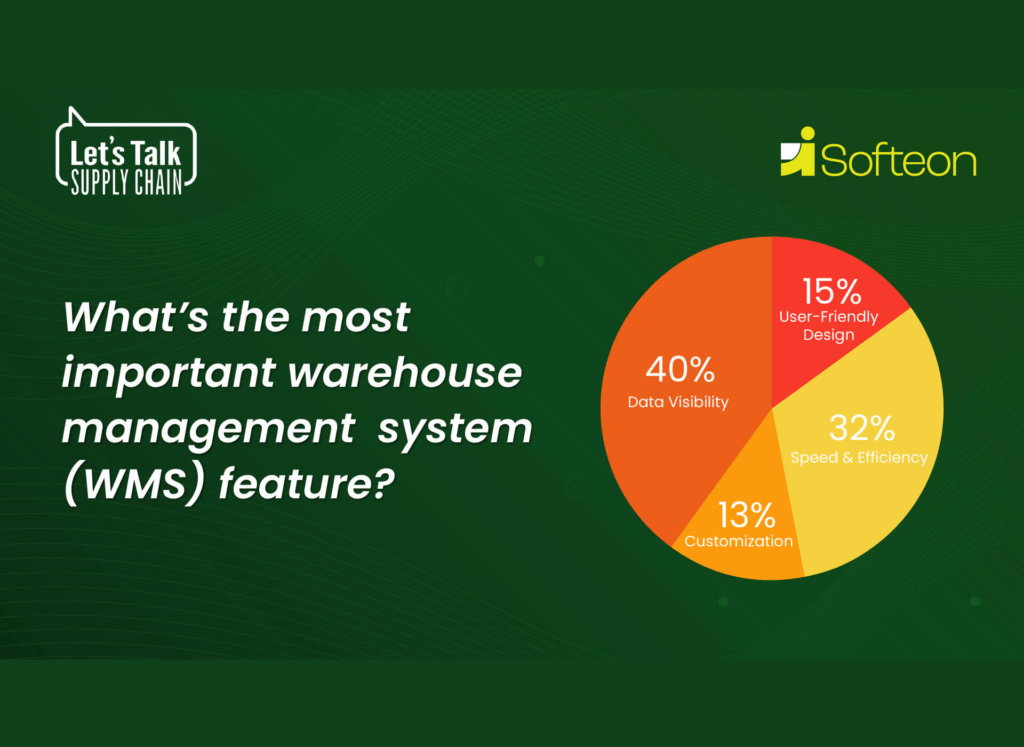05.25.22
Distributed order management software centers on fulfillment rules and order routing logic, but DOM can also expose promise dates and shipping options with integration to front end e-commerce systems. Understanding the power of DOM’s enterprise view of inventory, its integration mechanisms and its dynamic rules engines are part of effective distributed order fulfillment.
DOM functionality can vary by vendor, but centers on both inventory visibility and the system’s order routing logic. Think of DOM as a layer of software that sits over systems like warehouse management systems (WMS) used in DCs or retail store systems, or WMS solutions from third-party logistics providers or drop shippers. It’s constantly in the know on inventory positions, interacting in real time with e-commerce software, or other systems that take customer orders, to relay reliable delivery promise dates and costs. At the heart of DOM functionality, however, is a rules engine that governs order routing decisions, says Dan Gilmore, chief marketing officer for Softeon.
Understanding how to leverage these configurable rules engines will help you get the most from the software, Gilmore adds, since the engine is what works in the background to allocate orders to inventory at fulfillment nodes, while automatically considering multiple factors like cost to ship, or other concerns like margin on an item or capacity to carry out fulfillment tasks.
“That rules engine is going to optimally determine what is the best sourcing location to use to generate the least cost transportation spend, while meeting customer requirements and service-level commitments and while considering network capacities and constraints,” explains Gilmore.
Read the Full Story by Roberto Michel
Source: Modern Materials Handling




